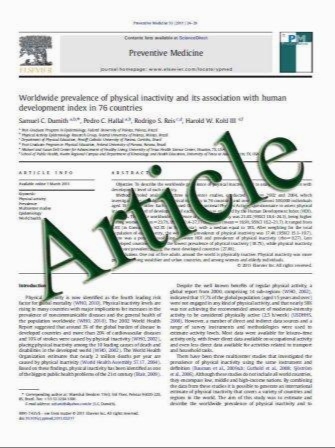Fitting of bone mineral density with consideration of anthropometric parameters
- نوع فایل : کتاب
- زبان : انگلیسی
- مؤلف : D. F. Short & B. S. Zemel & V. Gilsanz & H. J. Kalkwarf & J. M. Lappe & S. Mahboubi & S. E. Oberfield & J. A. Shepherd & K. K. Winer & T. N. Hangart
- چاپ و سال / کشور: 2010
Description
Summary A new model describing normal values of bone mineral density in children has been evaluated, which includes not only the traditional parameters of age, gender, and race, but also weight, height, percent body fat, and sexual maturity. This model may constitute a better comparative norm for a specific child with given anthropometric values. Introduction Previous descriptions of children’s bone mineral density (BMD) by age have focused on segmenting diverse populations by race and gender without adjusting for anthropometric variables or have included the effects of anthropometric variables over a relatively homogeneous population. Methods Multivariate semi-metric smoothing (MS2) provides a way to describe a diverse population using a model that includes multiple effects and their interactions while producing a result that can be smoothed with respect to age in order to provide connected percentiles. We applied MS2 to spine BMD data from the Bone Mineral Density in Childhood Study to evaluate which of gender, race, age, height, weight, percent body fat, and sexual maturity explain variations in the population’s BMD values. By balancing high adjusted R2 values and low mean square errors with clinical needs, a model using age, gender, race, weight, and percent body fat is proposed and examined. Results This model provides narrower distributions and slight shifts of BMD values compared to the traditional model, which includes only age, gender, and race. Thus, the proposed model might constitute a better comparative standard for a specific child with given anthropometric values and should be less dependent on the anthropometric characteristics of the cohort used to devise the model. Conclusions The inclusion of multiple explanatory variables in the model, while creating smooth output curves, makes the MS2 method attractive in modeling practically sized data sets. The clinical use of this model by the bone research community has yet to be fully established.
Osteoporos Int (2011) 22:1047–1057 DOI 10.1007/s00198-010-1284-4 Received: 29 January 2010 / Accepted: 13 April 2010 / Published online: 21 May 2010


